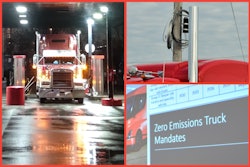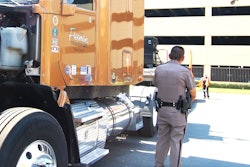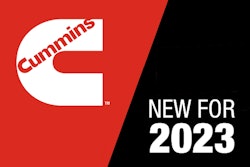Once again, the small fleet I own and operate has had a DataQs review/request for change to a violation that has been granted. In this case, the officer admitted that the “violation” was not intended to be encoded as such in our record, but rather just an item that she felt we needed to keep an eye on, as it were.
Though our DataQs challenge to that effect was initially rejected, the violation was corrected on our second try.
It involved a trailer tire that one of my drivers had previously brought to my attention, given a noticeable cut in the side wall. I personally inspected the tire and chose to leave it on the trailer because it was not a violation. These tires run about $500 apiece, and there's no reason to scrap one merely out of fear.
A month later, though, the driver received a violation that I disputed, explaining the cut wasn't deep enough to have affected the underlying structure, there was no cord visibility, etc. The first response I got from the state of South Carolina about the tire was that the violation was marked on the report as something that we should keep an eye on, yet I continued to note that in its current condition, the tire was legal, and there is no mandate that we remove, replace or repair it. Wanting us to "monitor" the tire is much different than the tire being in violation.
As this all played out via the DataQs system for challenging violations, of course, the cut was being treated as a violation in the Federal Motor Carrier Safety Administration's Safety Measurement System with a negative impact on our CSA scores. It was enough to place our company over the “alert” threshold in a second category in the CSA Safety Measurement System. As a result, a brokerage we did well upward of $200,000 in business with last year essentially cut us off.
[Related: How to mount an effective DataQs challenge]









